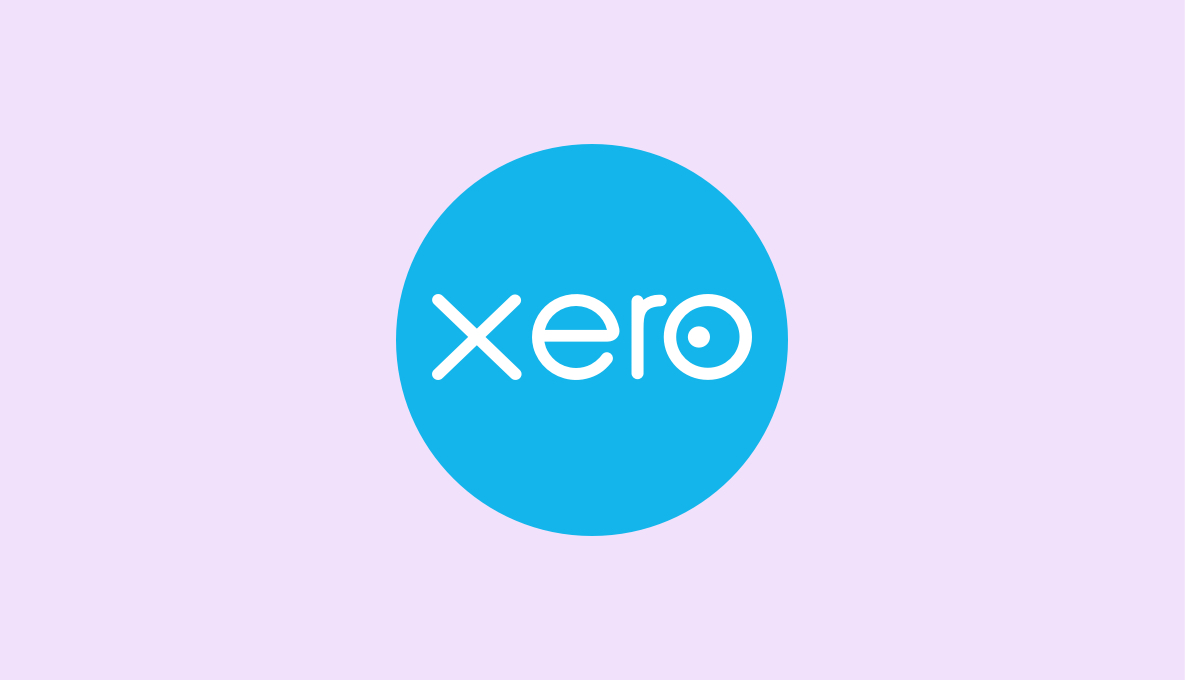10 Top Tips for Cash Flow Forecasting with Xero

Interested in knowing how to run cash flow forecasting with Xero? Having an awareness of your business’s cash now and in the future is integral to staying ahead of the competition. With Xero and the tips in this blog, you can be on your way to making a cash flow forecast in minutes.
This guide will take you through each step of creating a cashflow forecast with Xero and equip you with the best tips to make your forecast as accurate and beneficial as possible.
1. View your Cash Summary report
The first place to start with basic cash flow forecasting is to view your Cash Summary report in Xero, which shows the movement of cash into and out of your business. It is available in Reports > All Reports under the Financial header in the top left. The default Cash Summary shows the data for the current month, but you can change the options to display in the report (e.g. date, period, compare with, include VAT, etc.). You can also export this report to share internally or externally with stakeholders.
Xero’s cash summary report only provides a backward facing view of your company’s cash flow and does not provide a comprehensive forward looking cash flow forecast that you can use to grow your business. However, it does serve as a useful starting point to those new to cash flow forecasting.
To learn more about how you can customise your Cash Summary report in Xero, visit here.
2. Include your Cash Summary in your Management Report
Your stakeholders may be keen to see information about your business’s cash flow. In Xero, the Cash Summary is included in the management report, a pack of reports designed to capture the most important information about your business. A management report can be used to indicate the health of your company both internally by senior management and externally by the board or investors.
To view your management report in Xero, go to Reports > All Reports > Accounting > three dots > Management Report.
3. Make your own forecast using a spreadsheet
If you want more flexibility in your cash flow forecasting, you can make one yourself in a spreadsheet, whether that’s in Google sheets, Excel, or another spreadsheet software.
Xero has a step-by-step guide on how to export the Cash Summary into a spreadsheet and use it to create a forecast for your organisation. There are also many templates (like this one) available with a quick Google search. However, the problem with spreadsheets is that you could end up spending hours updating the numbers yourself and make mistakes in the process.
4. Consider using add ons from the Xero marketplace
If you don’t want to spend the time manually updating a spreadsheet, you can browse the add ons available in the Xero marketplace. Add ons like Float can save you hours by using the data directly from Xero to generate a cash flow forecast, cutting out the laborious manual data entry and drastically improving the accuracy of your forecast. This forecast can then be easily exported into a report and shared with board members, investors, or bank advisers.
So you’ve got your forecast up and running. Now what? These tips can help you manage your forecast effectively:
5. Know how much you plan to sell and how much you will spend
The two basic principles of cash flow forecasting are cash in and cash out. Cash in is the revenue you will generate in a certain time period (e.g. sales) while cash out is the expected costs your business will face (e.g. overhead, salaries, cost of sales, etc.). Knowing the timings of when you will and won’t have cash is one of the most important things to consider when planning for your business’s future.
While there are other important aspects to consider, understanding the relationship between cash in and cash out is the foundation of building an accurate cash flow forecast.
6. Keep a constant eye on your cash flow forecast
Cash is the bread and butter of your business operations. Reviewing your cash flow forecast regularly will ensure your business has the nourishment needed to weather the famine and feast that comes with seasonal and project based businesses.
7. Be realistic about when bills and invoices will be paid
It’s not a perfect world, and your clients don’t always pay their bills on time. A sound cash flow forecast reflects when your clients are realistically able to pay you and when your business is going to be able to pay its own bills, whether that’s days or weeks after the actual due date.
8. Get others’ input on your forecasts
No team within your business is an island. Cash flow reflects all the money flowing into and out of your business and includes purchases from the marketing, HR, and development teams. Incorporating the input from someone in each area of the business about their budgetary cash management could vastly improve your cash position.
Perhaps a team in one of your departments is using a subscription based tool and can switch from an annual to a monthly plan to spread costs. Or maybe you can revisit some of your overheads to see if you still need everything you are paying for.
9. Look at your budget vs. actuals
Good cash flow forecasting pits your anticipated budget against the cash your business actually sees. Reviewing how your budgets stack up against your actuals can call attention to the areas of your business that need tweaking, such as which areas are over (or under) spending.
It’s worth taking the time to input your budgets into your forecast, so you can accurately track how your business performs over time and make adjustments when needed. You could find out that you’re budgeting for money you never use, or that you have underestimated certain costs.
10. Seek advice from your accountant
Even if you feel like you’ve got a handle on your finances, consider approaching your trusted accountant or bookkeeper. They will be able to provide a sense check or even help you with practical advice on improving your own cash flow forecasting or finding the right tools that can do the job for you.
This is a guest post written by Float, for more information visit floatapp.com.

